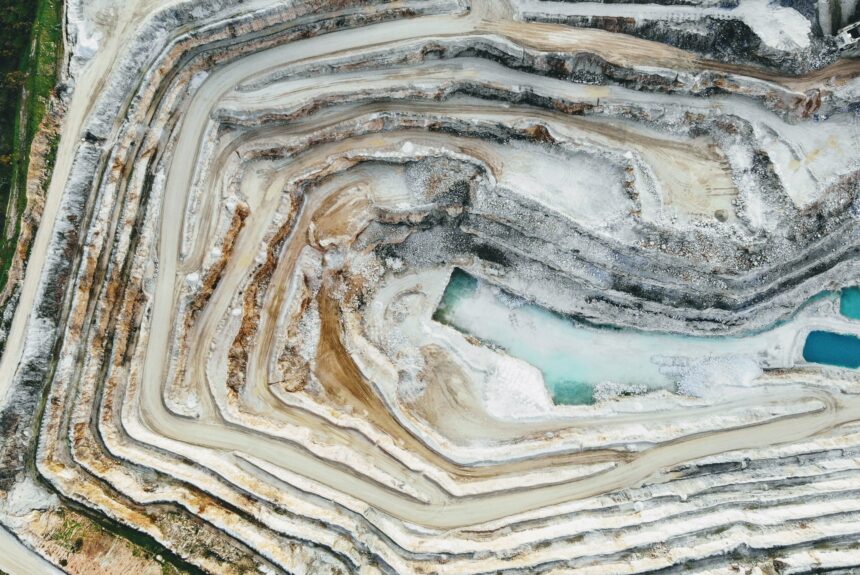The following is an excerpt from Nick Loris’ testimony to the Subcommittee on Oversight and Investigations of the House Committee on Natural Resources on February 9, 2023.
My name is Nick Loris, and I am the Vice President of Public Policy at the Conservative Coalition for Climate Solutions (C3 Solutions). Thank you for this opportunity to appear before the subcommittee to discuss America’s dependence on foreign adversaries with respect to critical minerals.
My written testimony consists of the following sections:
- The importance of critical minerals for the quality of life, economic well-being and, national security
- The need for critical minerals to meet clean energy demands and climate ambitions
- The adverse environmental and social impacts from mining and processing in certain places abroad
- Opportunities to capitalize on domestic mineral abundance, diversify supply chains, promote ethical mineral sourcing, and develop market alternatives
Section I. The importance of critical minerals to the economy and to climate objectives.
Critical minerals are just that: critical. Non-fuel mineral commodities are essential for quality of life, technological progress, national security, and environmental ambitions. Nearly all the modern technologies Americans rely on such as cell phones, laptops, appliances, and vehicles require critical minerals. They are the foundation that empowers companies to build, manufacture and innovate. These minerals are necessary inputs to produce affordable energy, stable food supplies, defense technologies, and advancements in modern medicine. In short, critical minerals are the foundation for the products to keep Americans and people around the world safe, healthy, and happy.
More broadly, mineral development is an important source of jobs and economic activity in the United States. According to the U.S. Geological Survey’s (USGS) 2021 Mineral Commodity Summaries report, the estimated value of nonfuel mineral production was $82.3 billion in 2020. While that figure represents all nonfuel mineral production (crushed stone account for 22 percent of that value), the value is nonetheless impressive. The USGS highlights just how essential minerals are to the overall economy, noting that: “These mineral materials as well as imports of processed mineral materials, which increased by 83% in 2020, were, in turn, consumed by downstream industries creating an estimated value of $3.03 trillion in 2020, 3% decrease from that in 2019.” The United States supplied an additional 10,000 metric tons of rare earth concentrates, a 36 percent increase from 2019. The U.S. continues to be the second largest producer of rare earth concentrates, though well behind China.
As characterized by The Energy Act of 2020, the other factor which makes minerals “critical” is their susceptibility to supply chain disruptions. Russia’s invasion of Ukraine exemplified the economic uncertainties, supply chain vulnerabilities and fundamental pitfalls of reliance on mineral producers that are hostile to the interests of the United States. As a major supplier of nickel, copper, and palladium (important inputs for batteries and semiconductors), Russia’s invasion and subsequent sanctions drove up prices for these elements. Though not a critical mineral, the nuclear industry’s reliance on Russian for high-assay low-enriched uranium (HALEU) brought conversations about more domestic enrichment to the forefront. Disruptions around the world can threaten supplies of minerals necessary for modern technologies, including renewable, nuclear, and alternative energy technologies.
According to a recent report from the Citizens for Responsible Energy Solutions (CRES), the U.S. is completely import-dependent for 14 critical minerals and greater than 50 percent-dependent for 17 other mineral commodities.


